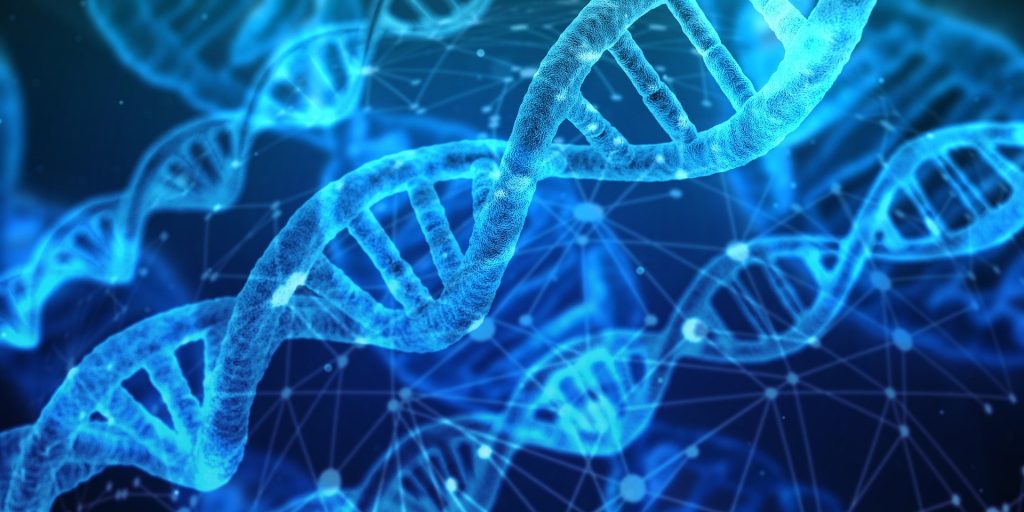Serious Eating Disorder ARFID is Highly Heritable

A twin study of the relatively newly described eating disorder ARFID has found that it is strongly influenced by genetic factors. The study, perfomed by researchers at Karolinska Institutet, has been published in the journal JAMA Psychiatry.
An estimated 1 to 5% of people suffer from an eating disorder that few are even aware exists. Avoidant/restrictive food intake disorder (ARFID) is a serious eating disorder that leads to malnutrition and nutritional deficiencies, and is a relatively new diagnosis only introduced to the World Health Organization’s ICD-11 this year.
Unlike anorexia, ARFID is not about the patient’s experience of their own body and fear of gaining weight. Instead, the disease is characterised by the avoidance of certain types of food due to a sensory discomfort because of the characteristics or appearance of food, or for example, the fear of choking, a food poisoning phobia or lack of appetite.
17 000 twin pairs involved in the study
Researchers at Karolinska Institutet have now investigated the importance of genetic factors for developing ARFID. A cohort of almost 17 000 pairs of twins in Sweden born between 1992 and 2010 participated in the study. A total of 682 children with ARFID between the ages of six and 12 years could be identified.
The researchers used the twin method to determine the influence of genes and the environment on the onset of the disease.
“We know that identical twins share all genes and that fraternal twins share about half of their genes that make people different. When we then see that a certain trait is more common in both members of identical twin pairs than in fraternal twin pairs, it is an indication that there is a genetic influence. We can then estimate the degree to which a trait is influenced by genetic factors,” says Lisa Dinkler, a postdoctoral researcher at the Department of Medical Epidemiology and Biostatistics at Karolinska Institutet.
The genetic component for developing ARFID was high, 79%.
“This study suggests that ARFID is highly heritable. The genetic component is higher than that of other eating disorders and on par with that of neuropsychiatric disorders such as autism and ADHD,” says Lisa Dinkler.
The findings are important, says Lisa Dinkler, because an increased understanding of what causes the disease can make it easier for those affected and their relatives.
“I hope that the results can reduce stigma and guilt, which is a big problem with eating disorders. A child does not choose to develop ARFID, nor can a parent cause it in a child. That is important to remember.”, says Lisa Dinkler.
Possible connections with other conditions
The next step in Lisa Dinkler’s research is to study the extent to which ARFID is associated with other psychiatric diagnoses, such as anxiety and depression, neurodevelopmental disorders, and gastrointestinal problems.
“We will use twin studies to test the extent to which ARFID shares underlying genetic and environmental factors with these conditions,” says Lisa Dinkler.
ARFID is a relatively new diagnosis. In 2013, the disorder was included in the Diagnostic and Statistical Manual of Mental Disorders, DSM-5, and this year it was included in the World Health Organization’s diagnostic manual ICD. The latest edition, ICD-11, will be introduced to the Swedish healthcare system in a couple of years, consequently, the diagnosis is not an official part of Swedish health and medical care yet.
Source: Karolinska Institutet






